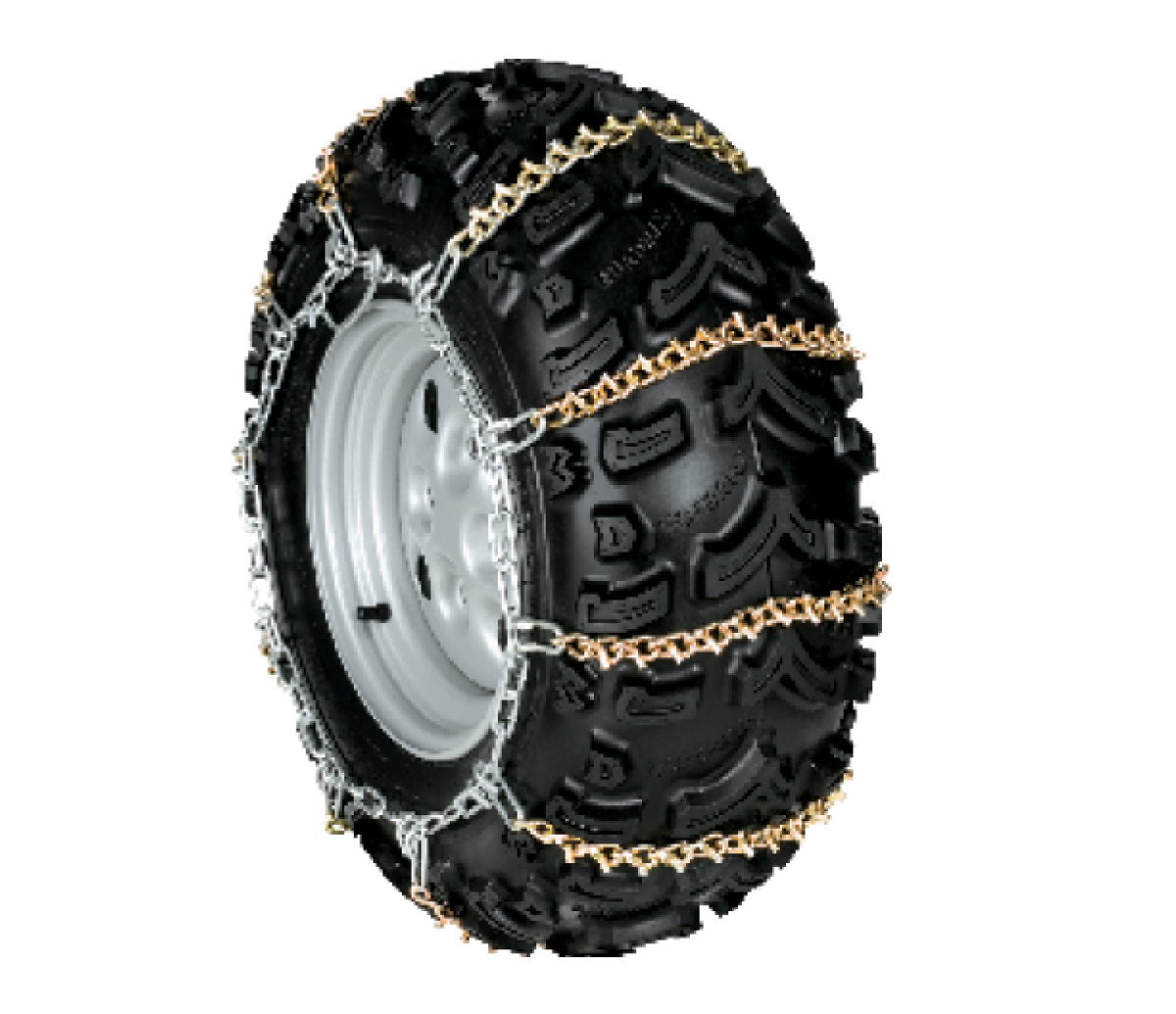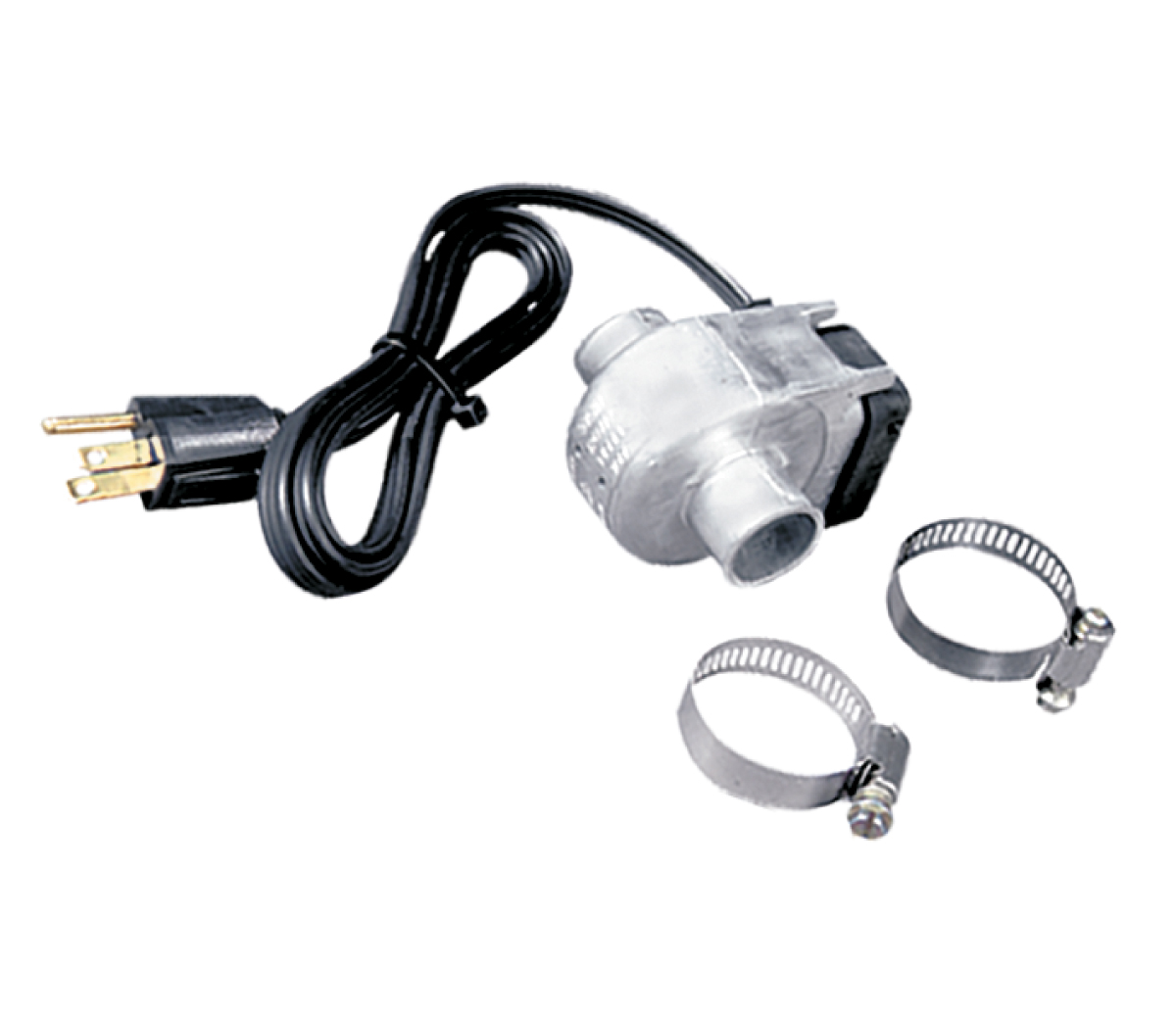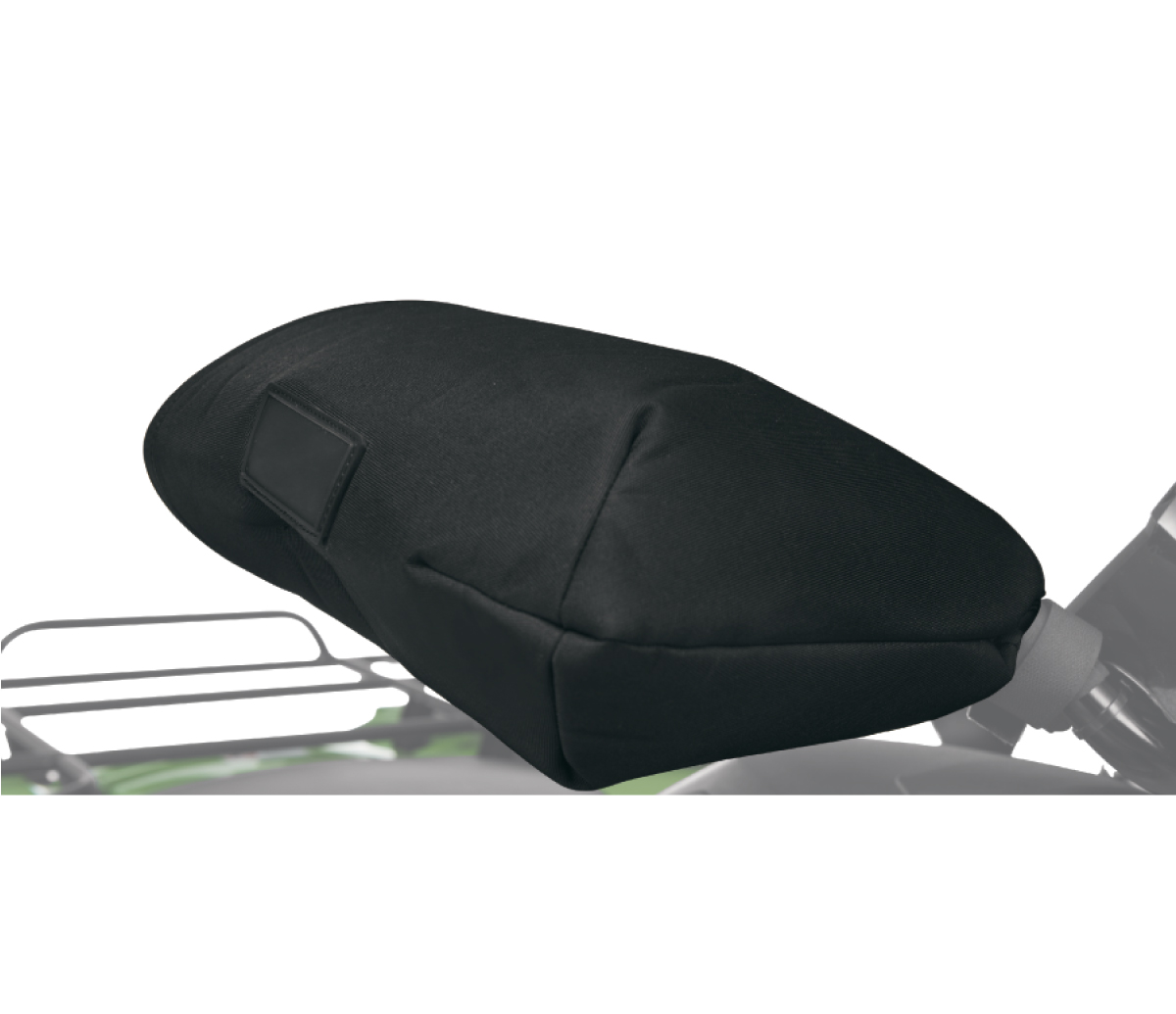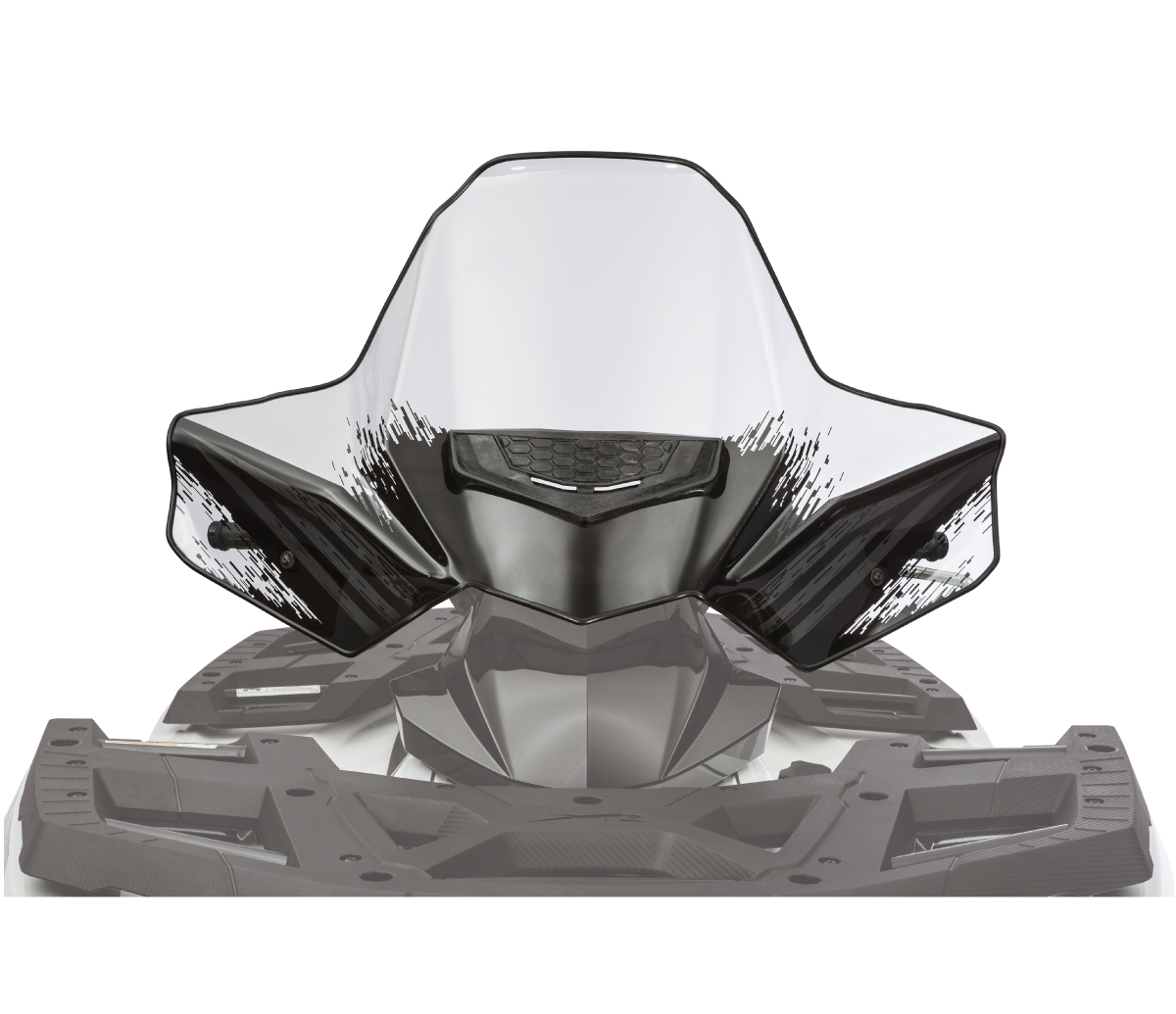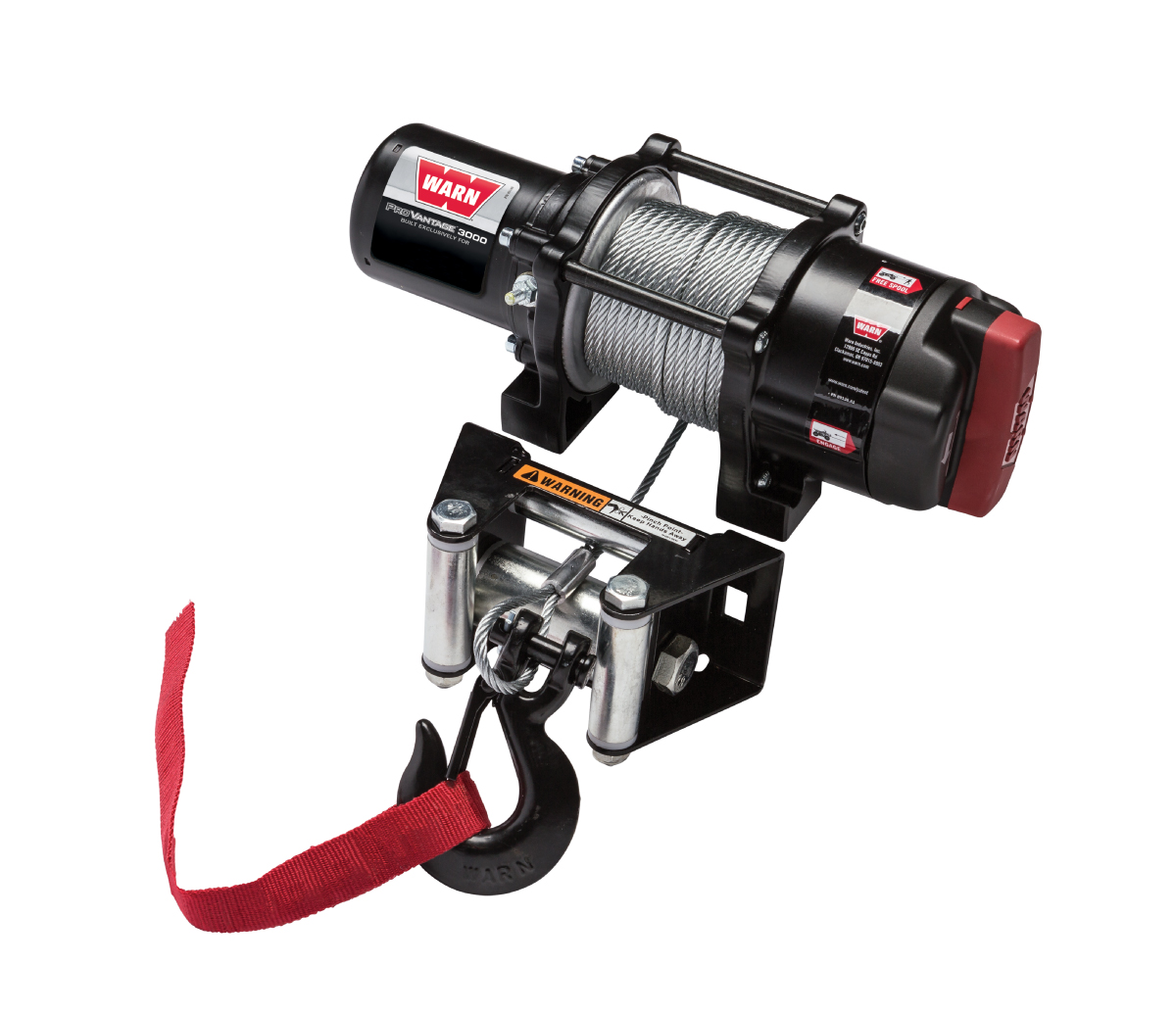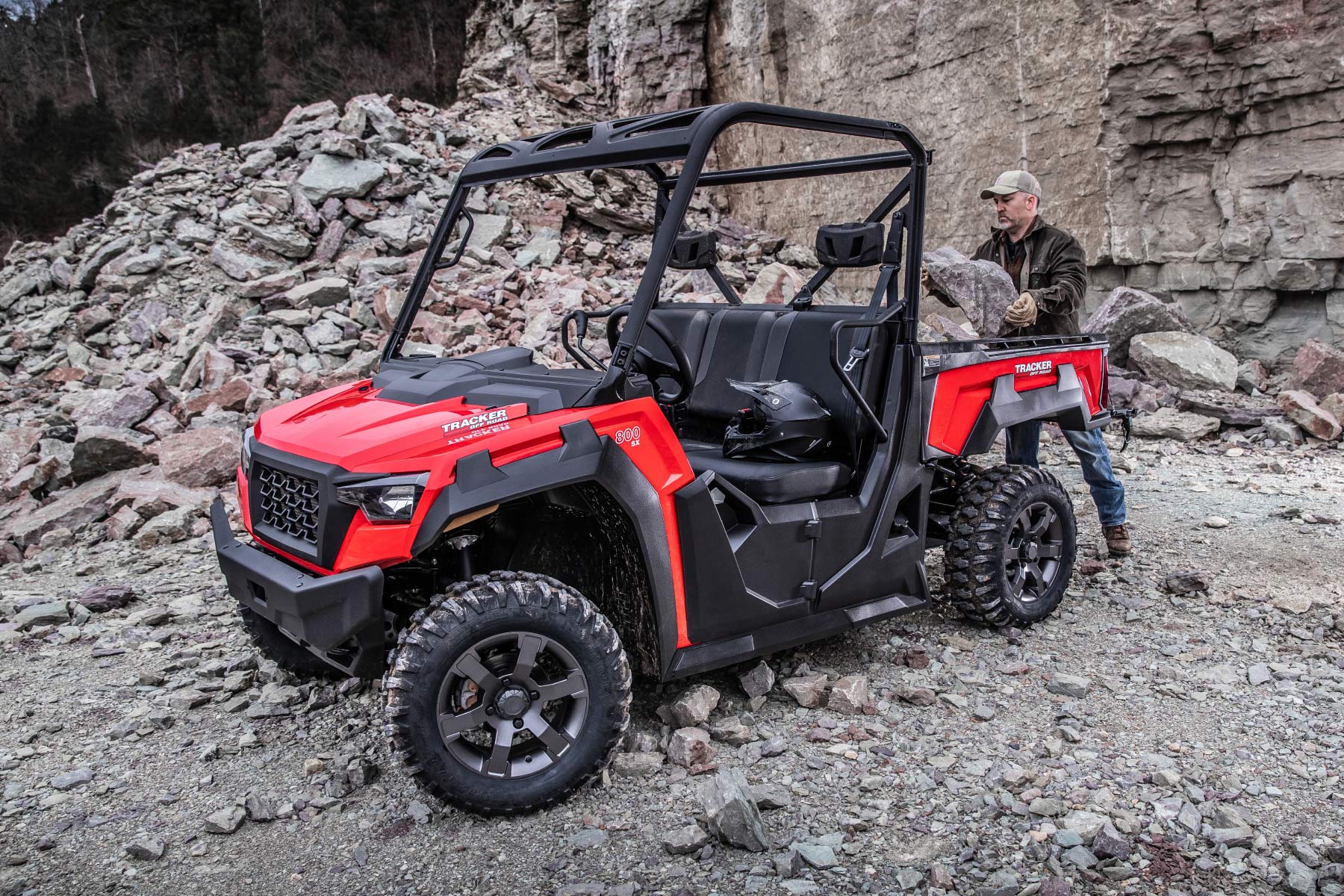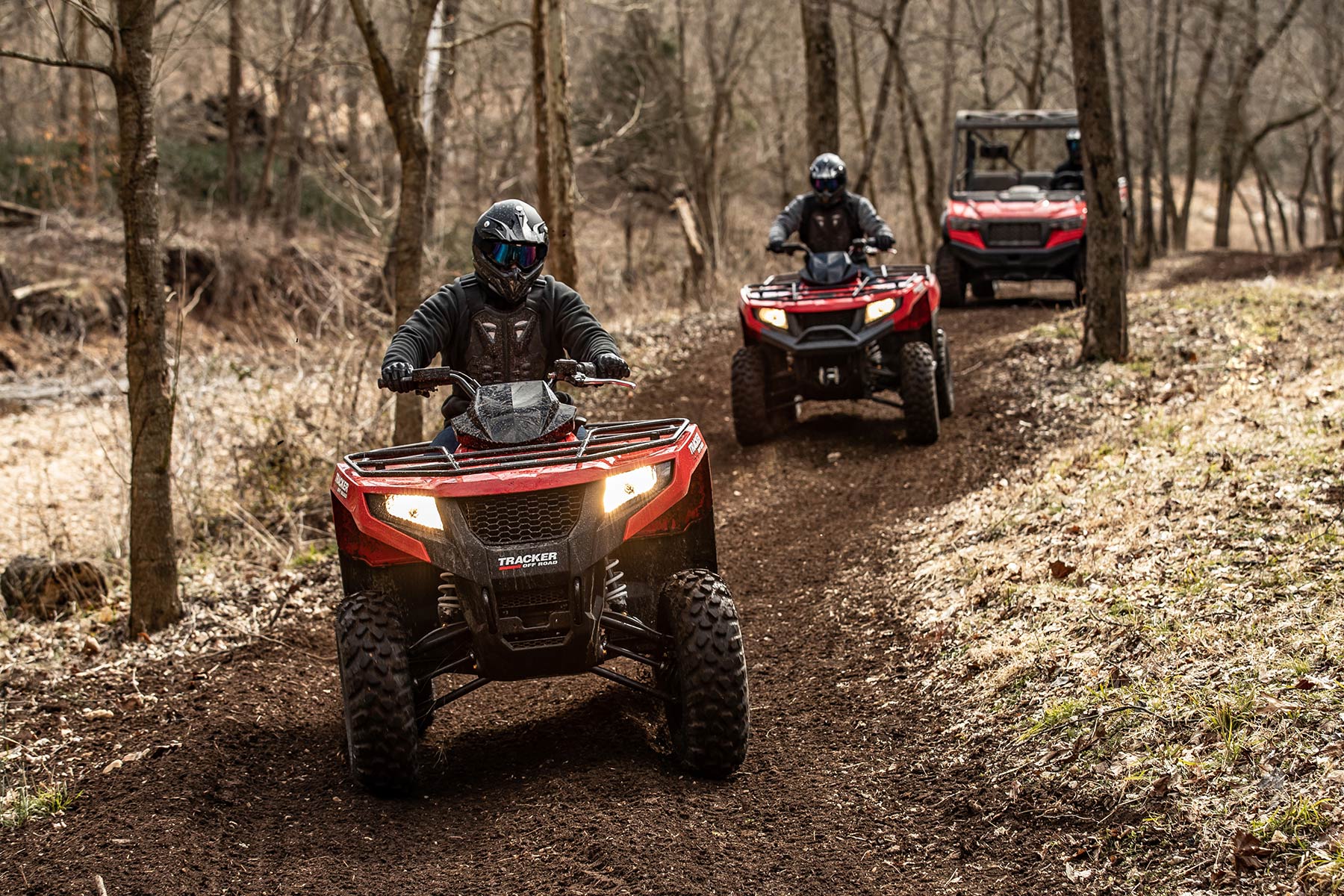Mud, snow and cold. Those are some of the givens for wintertime off-roading. Your ATV can handle all three conditions. But can you? There is more to ATV riding in winter than bundling up to beat the chill.
Understanding how cold weather affects your machine is a must. So is knowing how to operate the ATV in mud, snow and chilly temperatures. Preventive maintenance, common sense and the right cold weather gear—for you and your ATV—are essential to keep it fun and safe.
The good news is that while the weather is cold, you can adapt and find even more reasons and ways to make off-roading a year-round adventure. Here are 10 winter ATV riding safety tips you need to know on top of always wearing your helmet, eye, hand, body, and foot protection, plus a bonus—if the winters are longer and colder where you live, you can trick your ride with our top five accessories.
Topping the list at #1 is never ride alone during winter. More people are on the trails during the popular summertime off-roading season than during the dead of winter. Days are shorter and nights are longer. Should you have a mechanical breakdown, the repairs might take longer to do, if they can be done at all on the trail. Above all else, help can be far away and exposure to extreme winter elements can become a very dangerous situation. Riding with others is by far safer and more enjoyable.
#2, the best way to beat the cold is by layering on protective clothing. Typically, a three layer system is optimal. Each of the three layers does a different job, and they all work together to keep you warm and dry. Begin with a base layer, such as thermal underwear, that wicks sweat off your skin. Add an insulating middle layer that retains body heat to protect from the cold. A polyester fleece pullover will do. Then add an outer shell that can shield you from wind and rain, for example uninsulated parka.
#3, if snowmobiling is popular in your area, check with the appropriate authorities about ATV use. If the trail is open to ATV use, respect all posted trail signs for speed limits, stop signs and more. Remember that snowmobiles are faster than ATVs. Be aware of your surroundings, especially in blind corners and long straightaways. Since you're in their element, it’s also a good practice of trail etiquette to yield to snowmobiles as you meet.
#4, it is safer to stay on known trailways. There are even more reasons to ride on designated off-road trails in winter. On snow covered ground, you can’t always see what’s beneath the surface where you are riding. Think hidden boulders, fallen trees and even hidden drop-offs.
#5, only drive on a frozen lake with at least six inches of solid ice. ATVs are reliable and popular modes of transportation for ice anglers. You can join the fun—just remember the good rule of thumb for ice thickness, especially with the added weight of an ATV or side by side. Whether you fish or not, this article about ice fishing safety and gear for ATVs is a good read.
#6, navigating winter terrain and snow covered trails is a good time to stay in low gear. Low gear gives your ATV the ability to move forward powerfully at slower speeds. Added torque delivers more strength to roll through piled snow, or get out of thick mud and sticky ground. In winter conditions, more muscle and constant momentum are the way to go.
#7, a fully charged mobile phone should be essential safety gear for every ATV rider. In winter, cold temperatures can quickly drain your phone’s battery. Bringing an external charger is a wise idea. Using the camera for videos and photos can drain the battery even quicker. Instead, bring along a camera to record those picture-perfect moments in the winter wonderland.
#8, before you head out, make sure the battery is fully charged. The starting battery can also fall victim to the chilly temperatures. It can drain quicker, on top of its intended job of cranking the engine. Pro tip: If your destination is a hunting camp, remove the battery and take it inside to preserve the charge for the duration of your hunt.
#9, configure your tool kit for the conditions of your ride. You should already carry a small toolbox equipped with spare parts and tools for on-trail repairs. Two suggestions for riding in winter: add a collapsible shovel for digging out of a snow bank or muddy rut, and portable traction pads are a good addition if you get stuck on ice.
#10, before you head out in the chill, make sure the winch cable is free of ice. An electric winch is a wise investment for any ATV. In winter, it pays for itself by getting your vehicle unstuck in the mud or snow. However, it can freeze and lock up when you try to unspool it. Adding a coat of spray-on oil will help do the trick to keep it functioning when you need to rely on it.
Here are five accessories we recommend for four wheelers to combat harsh winters conditions and keep you going.

